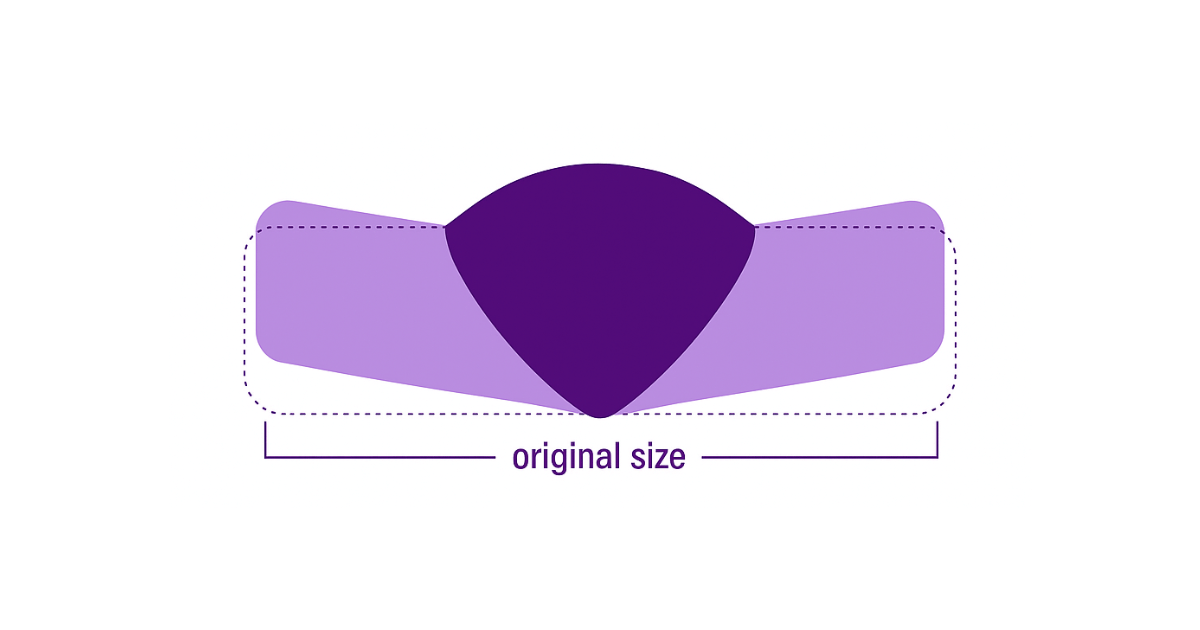All cameras aren’t the same—especially when it comes to Weld Cameras. Multiple performance parameters will affect the weld image quality produced by any particular Weld Camera.
And the automated welding process itself leads to substantial differences in which Weld Camera to select. Think of all the variations in welding processes due to:
- The type of welding power supply.
- The type and frequency of modulation.
- The materials being welded
- The type of filler material.
- Welding speed.
- The type of shielding gas.
- The type of joint
- Numerous other factors.
Considering these many variations, it’s essential to select a Weld Camera that fits your specific performance needs. In making this selection, there are three main performance parameters to evaluate.
Spatial Resolution
This parameter quantifies how closely lines can be measured in a two-dimensional optical image. It’s not just a measurement of the number of lines or pixels present in the final image; it’s also a measure of how clearly those lines or pixels appear in the image.
Signal quality
This is a large category of parameters that measure how electrically “clean” the video signal is. These parameters cover a variety of video signal issues:
- Electrical artefacts on the video signal that can introduce fixed and non-fixed pattern noise that will degrade the video image signal of the Weld Camera.
- Sensitivity of the Weld Camera electronics that can define the quality of the video signal in low light conditions.
- The presence of defective pixels in the Weld Camera’s video signal that can cause highly localized, visual artefacts to the user.
- Pixels in the image sensor that can saturate, bloom, or flicker when subjected to super-bright light.
Operating Dynamic Range
This parameter defines how large an illumination variation can be tolerated by the Weld Camera.
A camera’s operating dynamic range is commonly defined as the ratio between its maximum signal amplitude and its noise floor. While the typical value is about 50-60 decibels (dB) for commercial CMOS/CCD sensors, in reality, the tolerable light variation range is much lower. For reproducing sufficient grayscale details in an image, 40 dB of a sensor’s dynamic range is needed, leaving only a margin of 10-20 dBs for accommodating the scene-illumination disparity. A Weld Camera needs a much-higher dynamic range to see the full range of brightness in the welding environment.
Conclusion
To make a prudent purchase of a Weld Camera, you need to carefully evaluate its specifications to determine if its performance will stand up to your weld monitoring needs.






